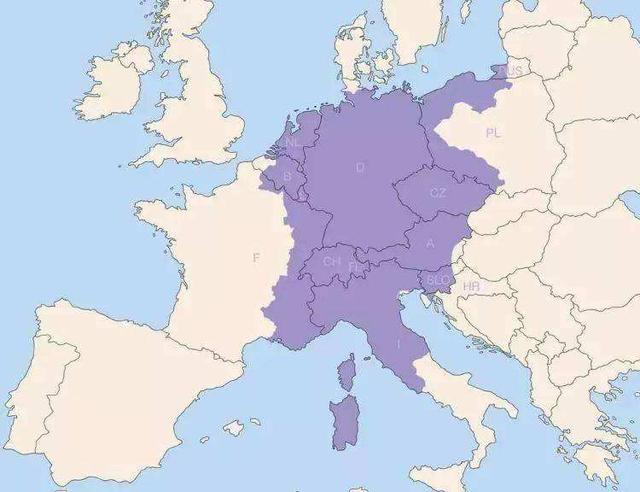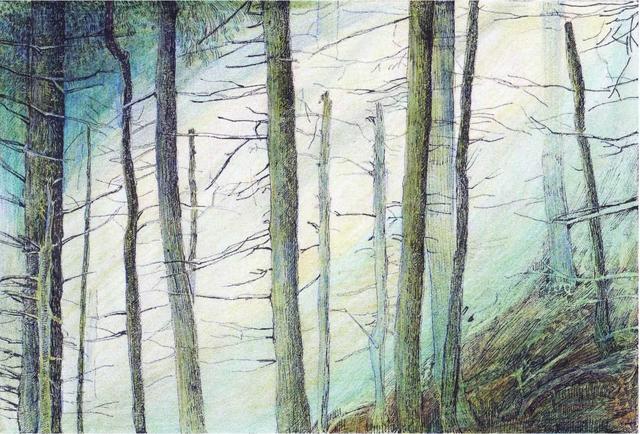关于【plant是什么意思】,今天涌涌小编给您分享一下,如果对您有所帮助别忘了关注本站哦。
- 内容导航:
- 1、plant是什么意思
- 2、“雨凇”、“霜花”、“雾凇”,这些冬日自然气象用英语怎么说?
1、plant是什么意思
简要回答
plant作名词的时候意思是:工厂、车间、植物、设备、庄稼。作及物动词的时候意思是:种植、培养、栽培、安置。作不及物动词有时候意思是:种植。
不少人在学到plant这个英文单词的时候,尽管知道大致的意思,但是详细的用法却不是很了解,下面让我们一起共同去了解plant这个英文单词的详细用法吧。
详细内容
单词发音:
英[plɑːnt];美[plænt]。
vascular plant 维管植物 ; 管植物 ; 导管植物 ; 具维管束植物。
Plant Cell 植物细胞 ; 动物细胞 ; 生物 ; 水稻叶片卷曲基因鉴定。

plant protection [植保]植物保护 ;[植保]植物保护学 ; 工厂保护 ; 植保 。
Do you have any plant or seed?
你有任何植物或种子吗?
They transfer pollen from alt="plant是什么意思,“雨凇”、“霜花”、“雾凇”" src="https://p3.toutiaoimg.com/tos-cn-i-tjoges91tu/SqlbpQ4HEM6hPy~tplv-tt-large.image" />
图源:Pexels
HOAR FROST
白霜
One of the first signs of winter is the hoar frost of late autumn. Deriving its name from an Old English word (hoar, meaning “to appear old”), this is the thin, feathery coating of ice that often forms alt="plant是什么意思,“雨凇”、“霜花”、“雾凇”" src="https://p3.toutiaoimg.com/tos-cn-i-tjoges91tu/SqlbpQp2IwiBai~tplv-tt-large.image" />
图源:央视新闻
GLAZE ICE
雨凇
When falling precipitation hits a surface that’s below freezing, it can instantly form what’s known as “glaze ice,” a buildup of smooth, clear, and transparent ice. It can be seen coating tree branches and plants following an ice storm. 当雨点落在温度在冰点以下的表面时,会立即形成所谓的“雨凇”,即光滑、透明的冰层。雨雪过后,可见雨凇覆盖在树枝和植物上。

2018年12月12日,游人在吉林省吉林市丰满区吉丰东路松花江畔观赏雾凇美景。图源:新华网
HARD RIME
硬雾淞
As the weather cools, freezing fogs can occur, and when that fog is combined with wind, hard rime can form alt="plant是什么意思,“雨凇”、“霜花”、“雾凇”" src="https://p3.toutiaoimg.com/tos-cn-i-tjoges91tu/SqlbpRt5wYCQAL~tplv-tt-large.image" />
图源:Pexels
SNOWPACK
积雪
When a place has an extended cold season, snow rarely melts between each subsequent snowfall. Some of it will sublimate—or transition directly from a solid to a gas—especially in areas with lots of sunlight and dry wind, but the majority of it will stay present on the ground. When fresh snow falls on top of the old snow, the crystals of the old snow get packed down under the weight of the new cover. Depending on the length of time, snowflake types, and weather conditions between snowfalls, each layer of the snowpack may have a different thickness and density.

在寒冷季节漫长的地区, 每场雪下完之后都不会融化。其中一些雪会升华(直接从固体转变为气体),特别是在阳光充足和风干燥的地区,但大部分雪会留在地面上。当新雪落在旧雪上面,旧雪的晶体会被新雪覆盖的重量压下来。根据每次降雪间隔的时间长度、雪花类型和天气条件,每层积雪可能具有不同的厚度和密度。
FIRN
粒雪
When years and years of snowpack accumulate, that buildup is called “firn.” It’s much denser than regular snowpack, because of two factors: the partial melting during warmer seasons packs the snow mass closer together; and the new snow falling on top of the ultra-condensed pack pushes the crystals together without melting during the cold season.
当积雪一年又一年堆积起来,就形成了“粒雪”。粒雪比普通积雪密度大得多,这是两个因素导致的:在温暖的季节,一部分雪融化使积雪堆积得更紧密;在寒冷的季节,新雪落在密实的积雪顶部,将晶体推到一起而不融化。

The buildup of firn at high elevations eventually forms glaciers, and replenishes glacial mass to counteract the melting and calving at their lower elevations. The density of firn is between 550830 kilograms per square meter. To put that in perspective, the density of freshly-fallen “powder” snow is around 50 to 70 kilograms per square meter.
高海拔地区的积雪最终形成冰川,并补充冰川物质,以抵消低海拔地区冰川的融化和崩解。粒雪的密度在每平方米550830公斤之间。这是什么概念呢?刚落下的“粉末”雪的密度约为每平方米50至70公斤。
来源:Mental Floss编辑:董静
来源:中国日报网
这就是关于《plant是什么意思,“雨凇”、“霜花”、“雾凇”》的所有内容,希望对您能有所帮助!







